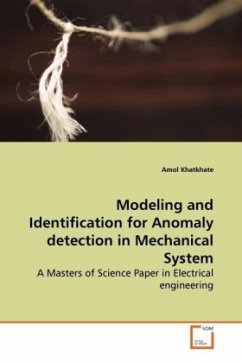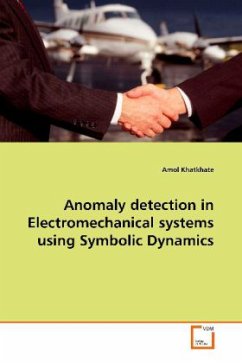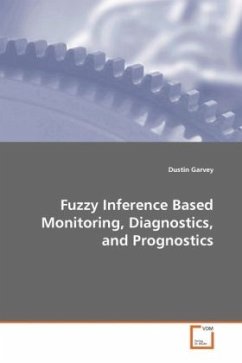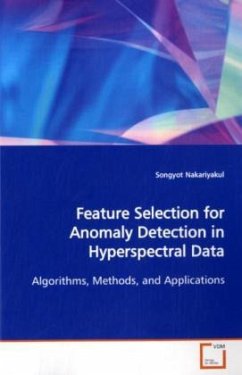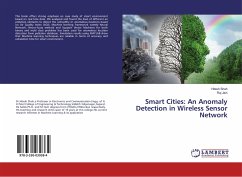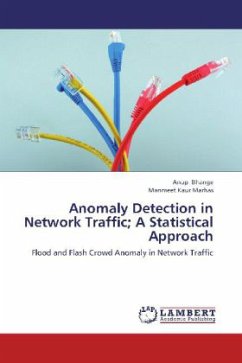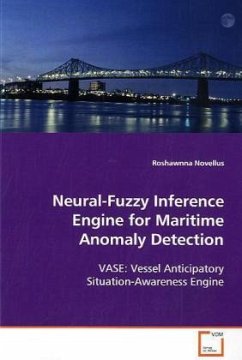
Neural-Fuzzy Inference Engine for Maritime Anomaly Detection
VASE: Vessel Anticipatory Situation-Awareness Engine
Versandkostenfrei!
Versandfertig in 6-10 Tagen
79,00 €
inkl. MwSt.

PAYBACK Punkte
0 °P sammeln!
In an era of heightened security concerns, a vastamount of data concerning vessel activity iscollected. However, the ability for aggregation andreal-time analysis for every vessel in a port orwaterway is limited by availability of personnel andhuman capability for real-time analysis. An automateddecision tool can alleviate some of the processingburden by providing maritime personnel with detectionalerts that indicate unusual vessel activity anddirect personnel focus to problem areas. The systemis referred to as VASE (Vessel AnticipatorySituation-Awareness Engine).VASE provides anautomated dete...
In an era of heightened security concerns, a vast
amount of data concerning vessel activity is
collected. However, the ability for aggregation and
real-time analysis for every vessel in a port or
waterway is limited by availability of personnel and
human capability for real-time analysis. An automated
decision tool can alleviate some of the processing
burden by providing maritime personnel with detection
alerts that indicate unusual vessel activity and
direct personnel focus to problem areas. The system
is referred to as VASE (Vessel Anticipatory
Situation-Awareness Engine).VASE provides an
automated detection tool that uses spatial and
kinematics indicators to detect unusual vessel
activity. The system overlays machine learning
techniques on maritime data streams to provide alerts
of unusual indicators usable by maritime personnel.
These indicators include unusual changes in speed,
course, or proximity to other maritime objects. With
these alerts, maritime personnel would be able to
determine the appropriate course of action, such as
contacting a vessel, allocating commandable sensors
to a vessel of interest, or performing further
investigation with other sources.
amount of data concerning vessel activity is
collected. However, the ability for aggregation and
real-time analysis for every vessel in a port or
waterway is limited by availability of personnel and
human capability for real-time analysis. An automated
decision tool can alleviate some of the processing
burden by providing maritime personnel with detection
alerts that indicate unusual vessel activity and
direct personnel focus to problem areas. The system
is referred to as VASE (Vessel Anticipatory
Situation-Awareness Engine).VASE provides an
automated detection tool that uses spatial and
kinematics indicators to detect unusual vessel
activity. The system overlays machine learning
techniques on maritime data streams to provide alerts
of unusual indicators usable by maritime personnel.
These indicators include unusual changes in speed,
course, or proximity to other maritime objects. With
these alerts, maritime personnel would be able to
determine the appropriate course of action, such as
contacting a vessel, allocating commandable sensors
to a vessel of interest, or performing further
investigation with other sources.



